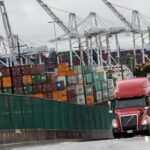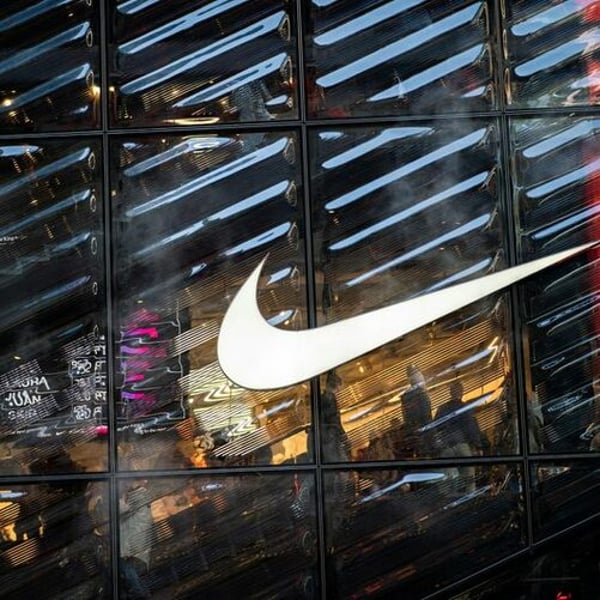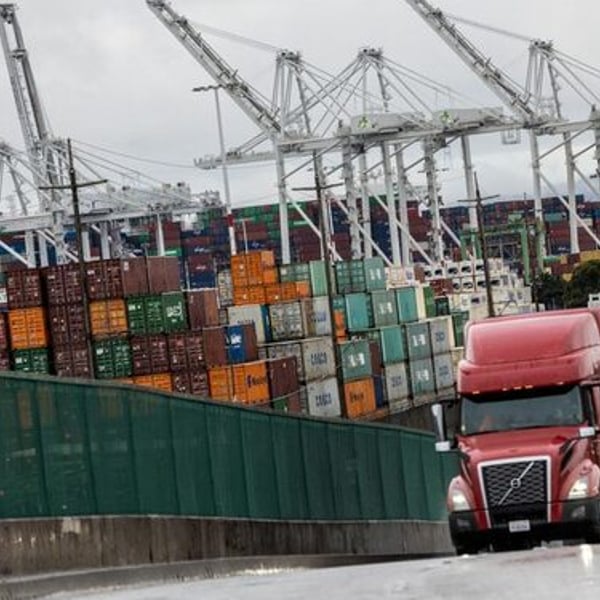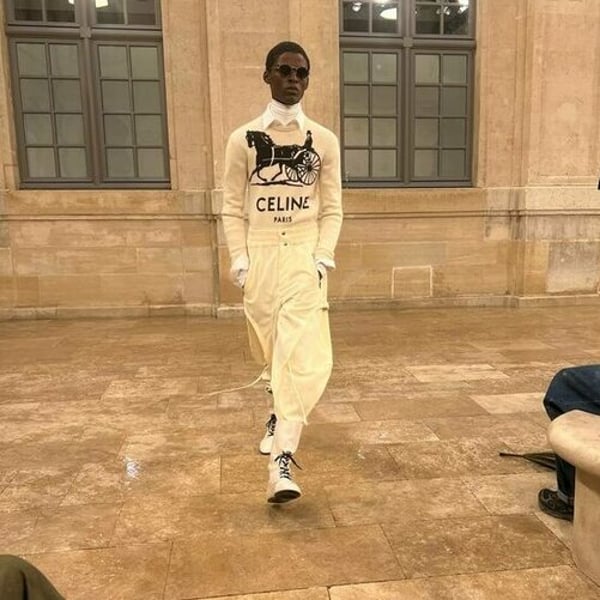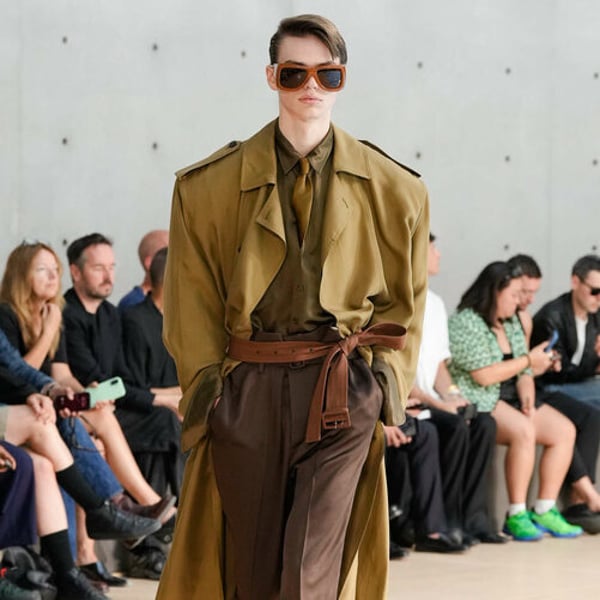By
Reuters
Published
April 1, 2025
Nike could soon face another blow in its effort to revive its brand and reverse a long decline in sales: U.S. tariffs on imports from Vietnam.

On Wednesday, U.S. President Donald Trump is expected to announce which countries and products he will target with a new round of tariffs aimed at encouraging domestic production and coaxing other nations to buy more U.S. goods.
Vietnam, which runs a $123.5 billion trade surplus with the United States, is a prime target.
Nike is one of several sportswear brands heavily reliant on Vietnam as a production site and higher tariffs would force the company to absorb higher costs or hike its prices at a time when it is already discounting some items to clear inventory.
Nike produced 50% of its footwear and 28% of its apparel in Vietnam in its 2024 financial year, according to its annual report. Rival Adidas, opens new tab is slightly less exposed, relying on Vietnam for 39% of its footwear and 18% of its apparel.
The average U.S. tariff rate on footwear from Vietnam is 13.6%, while the rate on apparel is 18.8%, according to calculations, opens new tab based on January trade data made by Sheng Lu, professor of fashion and apparel studies at the University of Delaware.
“If tariffs are extended there, then Nike’s got a problem,” said Morningstar analyst David Swartz.
Nike and Adidas are hardly alone. Vietnam has become a hub for high-tech running shoes, sportswear, and outdoor apparel as brands have sought to reduce exposure to China, opens new tab.
Lululemon, opens new tab, Columbia Sportswear, and Amer Sports, opens new tab, which owns Salomon and Arc’Teryx, count Vietnam as their top manufacturing country.
But the potential tariffs come at a critical moment for Nike, which has lost market share of late to competitors viewed as fresher and more innovative, like On and Hoka.
In a quarterly earnings call last month, Chief Financial Officer Matt Friend said Nike’s revenue was expected to continue to fall next quarter.
That outlook factored in current tariffs, said Mari Shor, senior equities analyst with Columbia Threadneedle Investments, which holds Nike shares. “But what if it gets worse?”
Some smaller, younger sportswear brands are even more exposed to Vietnam. Fast-growing running brand On in 2024 sourced 90% of its shoes and 60% of its apparel and accessories from the country.
On shoes are already expensive, selling for $130 to $330 a pair, and Samuel Wenger, the brand’s chief operating officer, said tariffs were among the factors On considers when deciding on price. “Our premium brand gives us the ability to adapt our pricing thoughtfully,” he told Reuters.
Average U.S. prices of sneakers have already risen by 25% since 2019, partly because of rising production costs, said Beth Goldstein, footwear industry analyst at market research firm Circana.
Wilbur Ross, who served as commerce secretary in Trump’s first administration, said the president had generally good ties with Vietnam and had no reason to hit it hard with tariffs that would be felt on main street.
“People notice the cost of apparel because they buy it fairly frequently,” Ross told Reuters.
© Thomson Reuters 2025 All rights reserved.
